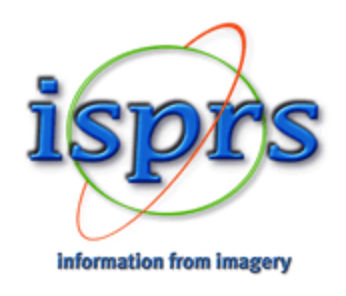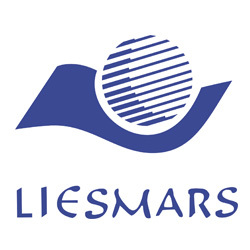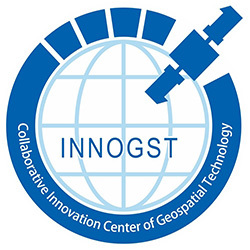Le Wang
Bio-sketch:
Dr. Wang received his Ph.D. degree from University of California at Berkeley. Currently, he is Professor and Director of Undergraduate Studies in the department of Geography at the State University of New York at Buffalo. He was the chair of the Remote Sensing Specialty Group at American Association of Geographers in 2015-2017. Dr. Wang was the chair of working group 3 of the commission VI, International Society for Photogrammetry and Remote Sensing in 2012-2016. In addition, he is currently an editor for the International Journal of Remote Sensing. He was trained as a remote sensing specialist. Particularly, his research falls in four directions: 1) coastal mangrove forest dynamics; 2) Invasive species spread modeling; 3) urban population estimation; 4) land cover and land use mapping and change studies. He has published more than 80 peer-reviewed articles on leading remote sensing and GIScience journals, which has been cited more than 3000 times. His work has been supported by National Science Foundation, United States Department of Agriculture, United States Geological Survey, etc. In addition, he was the recipient of 2008 Early Career award from the remote sensing specialty group of the American Association of Geographers, and third place of John I. Davidson President’s Award for Practical Papers by the American Society of Photogrammetry and Remote Sensing (ASPRS).
Title: Spatial and Temporal Remote Sensing of Invasive Species
Abstract:
Saltcedar (Tamarix spp.), a weedy, invasive vegetation species introduced to the U.S. from Europe and Asia in the mid 19th century, has become one of the most invasive vegetation species in the United States and one of the greatest invasive threats to western riparian
ecosystems. Accurate mapping of saltcedar distribution and abundance in a timely manner plays a central role to assist the undertaking of an effective control. The objective of this study is to develop sub-pixel remote sensing techniques to determine distributions of invasive Tamarix spp. and associated native riparian species within the past 30 years along the Rio Grande River. A new sub-pixel analysis method, Tessellated Linear Spectral Unmixing (TLSU), was devised and applied to 19 Landsat TM scenes acquired during the past thirty years. Our research has found that saltcedar is expanding its geographical range and replacing native vegetation while forming more regular shaped patches, indicating greater adaptations.


































